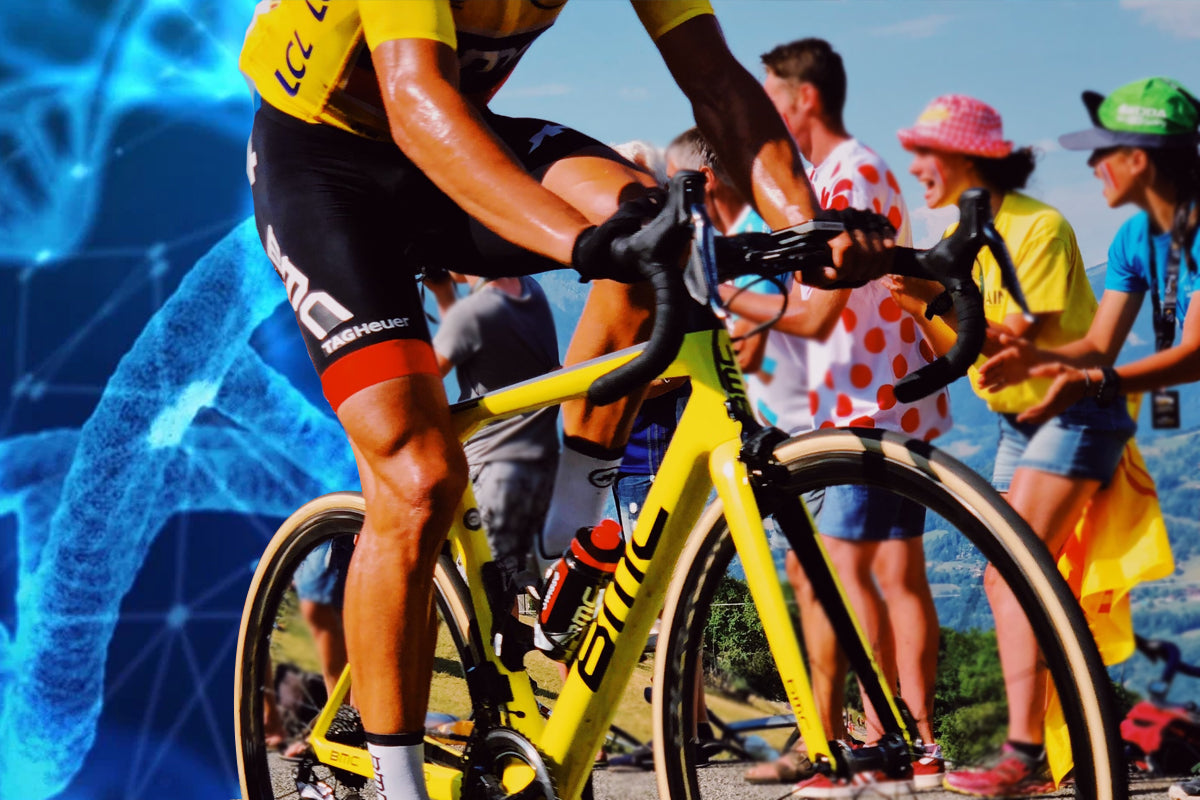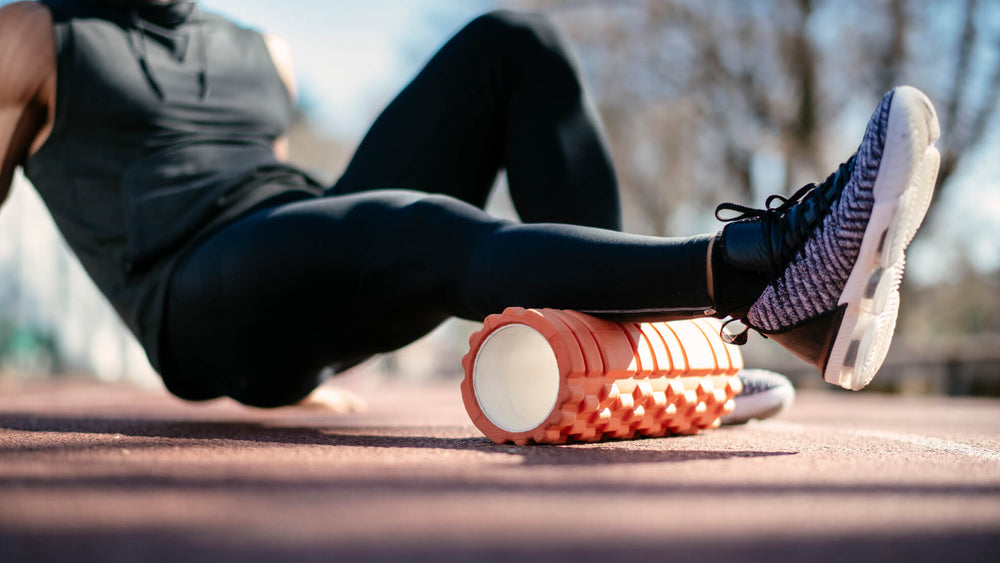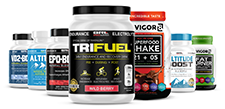Carbohydrates: Why They Matter For Energy Levels

The state of nutrition science is exciting because there is still so much to discover and understand, especially for endurance athletes. In such a state however, consensus doesn’t come easy and many prescriptions are in polar opposition. This can be confusing for those of us trying to answer the question.
That said, I want to start with what we do know and how we can use this information to optimize to run faster and run longer. Let’s dig into nutrition basics and how they apply Before, During, and After your event (or strenuous endurance workout, but throughout I’ll use event for simplicity.) What you ingest in each phase will be different because your body’s physiological condition is different; simple. But, what’s common between the phases, what’s central to what your body is demanding is Carbohydrates.
There’s a large role for protein, healthy fats, electrolytes, amino-acids, caffeine, beta-alanine, ketones, hydration, etc. but the thrust of this article is to re-anchor us to our body’s primary energy supply. The humble carb is finally getting its proper due in endurance sports.
What are Carbohydrates and Why They Matter For Energy Levels
Carbohydrates are considered macronutrients along with protein and fat and are the body’s preferred and most readily available energy source. To gloss over much, the carbohydrates you ingest are broken down into glucose and then converted to ATP which is the chemical compound that feeds the working muscle cells.
The excess glucose (that which is not converted and pushed into the fire of your working muscles) can be stored in your muscles (and liver) and will be mobilized as needed but especially when the glucose in the blood is running low. Consuming carbs before, during, and after a strenuous endurance event will build your energy stockpile, feed your muscles during stress, then resupply after depletion.
They are of central importance in every phase. If you’re interested in ‘prolonging time to exhaustion,’ then it’s the often maligned carb that fuels the muscle, delays fatigue, preserves the muscle, and accelerates recovery. It’s no wonder WorldTour cyclists are now in an arms race to train their GI tracts to absorb massive quantities of carbs.
Simple vs Complex Carbohydrates
It’s important to emphasize some high level distinctions, namely simple vs. complex and how to treat them in your training. Simple carbs are made of 1 or 2 sugar molecules and therefore are broken down and absorbed into the blood quickly, spiking your blood sugar and fueling working muscles immediately. Think of simple as easily absorbed, readily distributed sugars that you need during your workout — ie., gels and other sugary snacks.
Complex carbs are longer chains of sugar molecules that take longer to break down, therefore are a steady and consistent release of sugar into your bloodstream. Build the glucose stores with complex carbs before your workout, and feed your working muscles with simple carbs during your workout. We’ll discuss how this distinction plays out after your workout below.
Before The Event
Carbo-loading the night before an event is a well prescribed practice for endurance athletes. More recently however, loading 2 or 3 days before a big event has become the standard. It took us a long time to come to a simple realization: If carbs are the body's preferred energy source, store as much as you can before you make huge demands of your body.
Funny thing is, it works. See whole grains, wheat pasta, brown rice, quinoa, and oats as your go-to high-fiber complex carb. Based on the duration of your event, experiment with an earlier loading schedule, usually 2 to 3 days before. Eat complex carbs 2 to 3 hours before the event starts (oats with honey and blueberries are standard) to allow the body time to store the glucose.
A related and brief aside on ‘fasted workouts’:
It’s the training and racing that create the largest efficiencies for glucose usage in muscles and metabolism, but the amount of glucose you can store (stored glucose is referred to as glycogen) was thought to be finite. Training in a fasted state (usually in the morning before lunch) creates new levels of glucose synthesis and storage potential allowing you to use your energy more efficiently and grow the storage capacity itself. This is the hope anyway.
During The Event
Nutrition strategies have shifted during events with a new emphasis: ‘Carbs per Hour’. It’s here where the simple, easy to break down carbs do their work. They quickly enter the bloodstream, convert to ATP, and are pulled into the working cells of your muscles. See gels and drinks with varying balances of glucose, sucrose, fructose as standard. This process, alongside the slow moving drip-feed from the complex carbs you’ve stored, keeps your muscles supplied with the energy they need to perform at their highest potential. The nutritional aim is clear: keep the carbs topped-up. Eating and drinking preemptively, especially when cycling or running long distances, is highly recommended.
The old-endurance adage goes, if you’re consciously aware of being hungry or thirsty, it’s too late. The historical standard of 30g - 60g of simple carbs per hour has given way to 90g as the floor, with some athletes now deliberately training the body and GI systems to absorb even more than this. This may seem extreme and I can’t say what the ceiling is, but I know the floor has risen dramatically, especially in the ultra-endurance space. I’m experimenting myself to understand what I can take before I induce GI wobbles. I’d recommend practicing in a low-stakes environment to see how your body reacts.
After The Event
We’re all accustomed to the good advice of refueling the body immediately after an event. The earlier the better, but no later than 60 minutes if you want to minimize muscle damage and accelerate recovery, the advice goes.
Although protein is important for rebuilding the damage you’ve inflicted on your muscles, it’s our old friend carbohydrates that need to be tended to most immediately.
Have something rich with carbs to slam immediately after your event. You may have noticed WorldTour cyclists drinking tart cherry juice at the finish line. I can neither confirm nor deny the efficacy of tart cherry juice, but it’s a quick hit of simple carbs and antioxidants. As a meal isn’t always readily available after an event, when you do get to eat, shoot for a 3:1 gram carbs to protein ratio to refill your depleted glucose reserves and rebuild your muscles.
Common Sense
For endurance athletes, carbs are absolutely essential to providing the necessary energy to do what we do. What is equally important, but not stated here, is the importance of everything else we do as endurance athletes. Progressively overloading our training, eating a balanced diet (in addition to the super-loading of carbs), properly using supplements to extend performance potential, tending to gut health through dietary interventions, sleeping well, taking deliberate time away from training, and the myriad other ways we remain balanced as athletes.
If you’re in a period of inactivity, you won’t require as many carbs to supply your working muscles. It’s important to emphasize (and why carbs may get a bad wrap for non-endurance athletes) that unused stored glucose will be converted to fat. Simple carbs eaten outside the context of exercise will spike your blood sugar leading to feelings of fatigue, and if habitual, have destructive long-term consequences.
Carbs are your best friend if you are a long distance endurance athlete. If you are not, carbs need to be consumed in a way that best accords to your lifestyle. How we get the most from our bodies in endurance sports is multifaceted and contains so many mutually dependent elements that listening to your body and relying on common sense wisdom can be useful guides in navigating the terrain. Long story short, eat a diverse diet, avoid the simple carbs if you’re not exercising, and don’t carbo-load if you’re inactive.
Conclusion
When it comes to the before, during, and after distance running or cycling events, it’s carbs all the way down. Be it their simple or complex forms, they build the storehouse of our energy supply, provide the working muscles with their fuel, then resupply the storehouse when depleted. We’ve seen the carb’s reputation on a rollercoaster ride through the years, often maligned as evil. For the general public, our diets have become so carb dense that I can understand some of the misbegotten characterizations.
For us endurance athletes however, the story is clear, the carb is crucial and now elevated to its rightful place.
Take the next step in your training regimen: Try any BRL Sports supplement risk-free! If our natural nutritional products aren’t the best you’ve ever used, simply return your purchase for a 100% refund — no questions asked!
Also in Health and Wellness Blog





